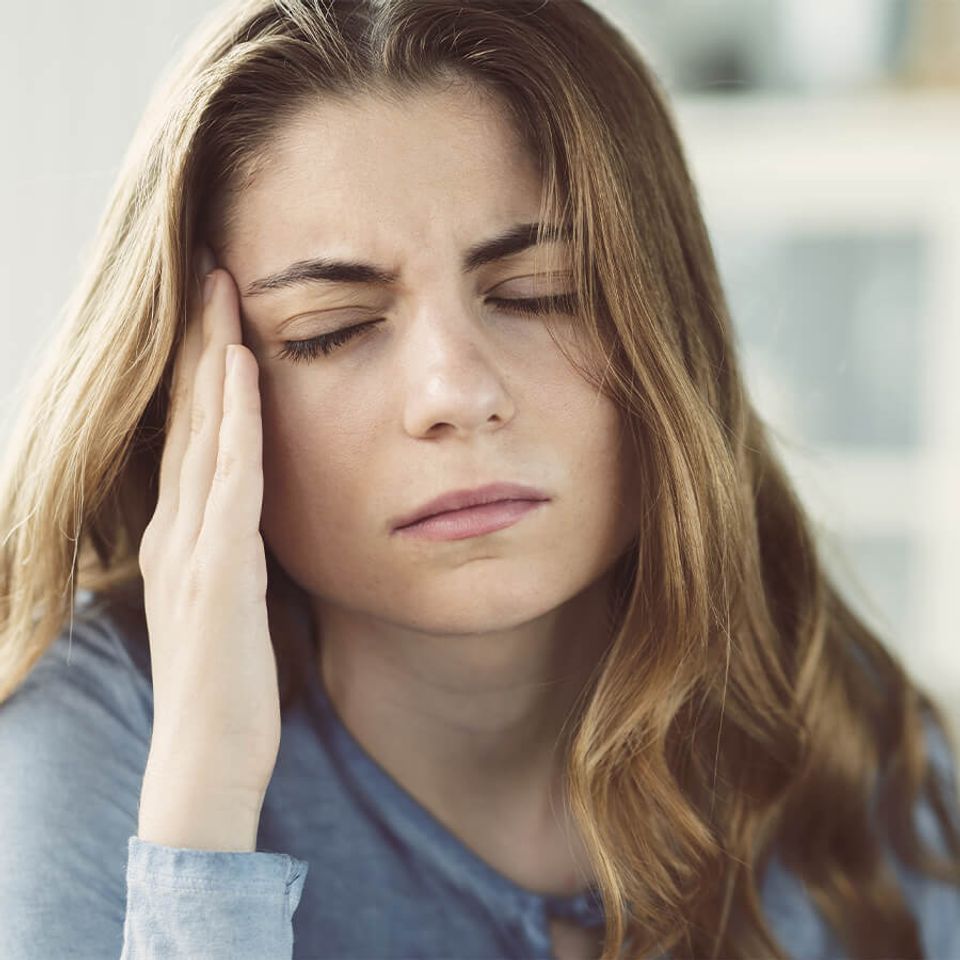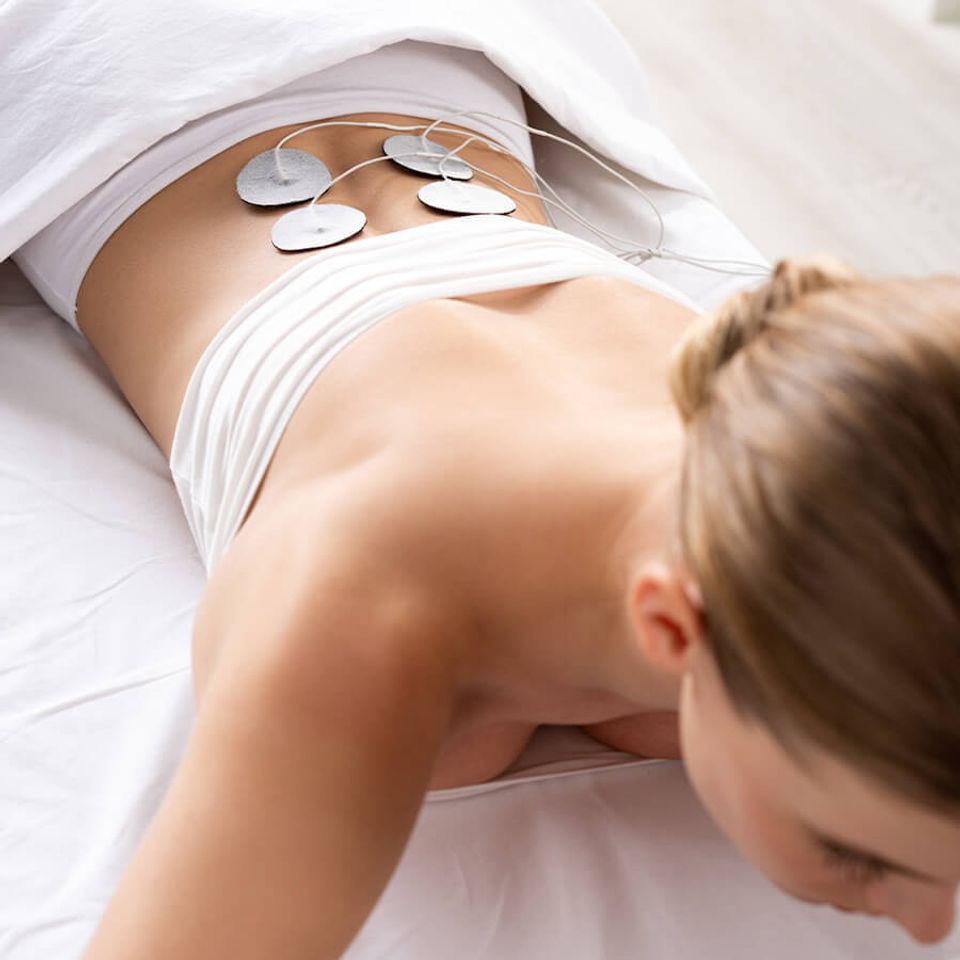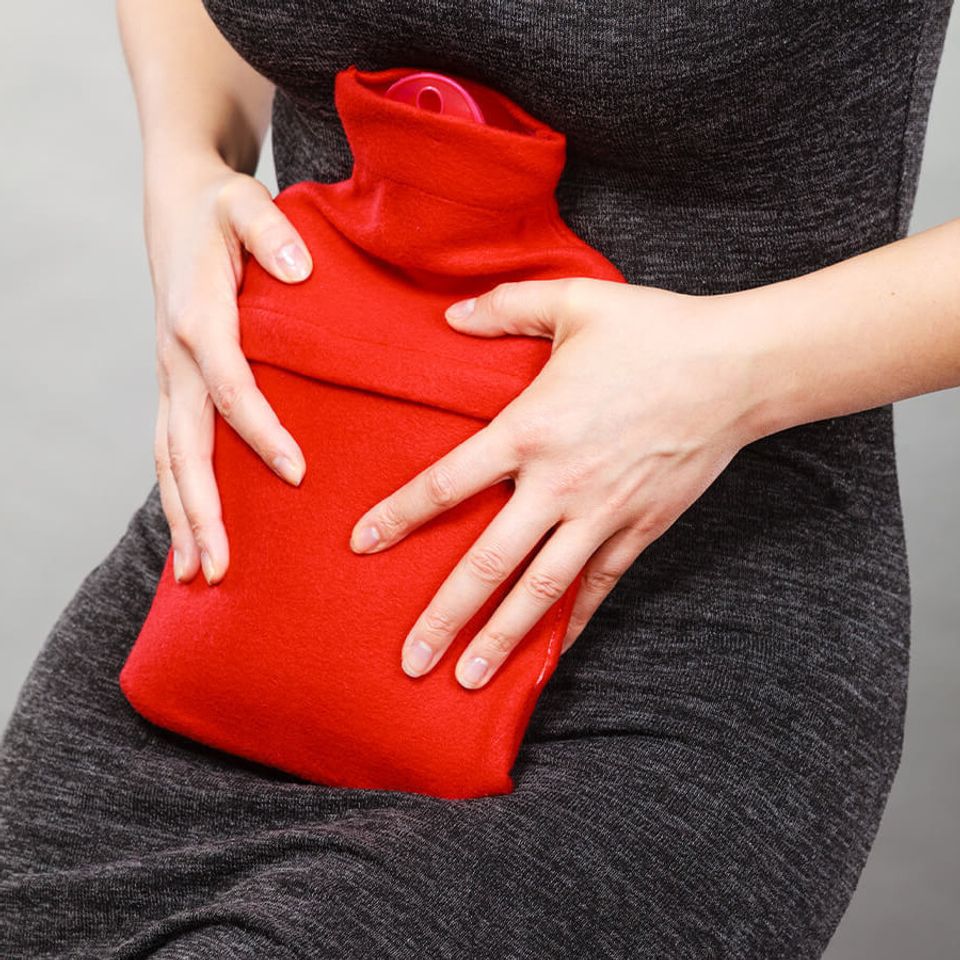
The relationship
between your spine
and menstrual pain
Your spine protects your nervous system, which controls the reproductive system and endocrine system. Nerve interference from a misalignment in the spine can lead to poor or improper functioning of these systems. Spinal adjustments can correct this issue and benefit your health.
A chiropractor can offer treatment for PMS and menstrual pain because their adjustments address nerve interference and help relieve painful periods. Chiropractic treatment considers the body as a whole, not just a sum of its parts.
This means that treating your headaches, bloating, back pain, cramping, and other forms of menstrual pain involves looking at the source. In this case, the source is your hormones and reproductive system that are receiving signals from the spine.
A chiropractor can offer treatment for PMS and menstrual pain because their adjustments address nerve interference and help relieve painful periods. Chiropractic treatment considers the body as a whole, not just a sum of its parts.
This means that treating your headaches, bloating, back pain, cramping, and other forms of menstrual pain involves looking at the source. In this case, the source is your hormones and reproductive system that are receiving signals from the spine.
- Chiropractors view your body as a whole and not the sum of its parts.
- A spinal adjustment can relieve pain and facilitate the health of your nervous system.





